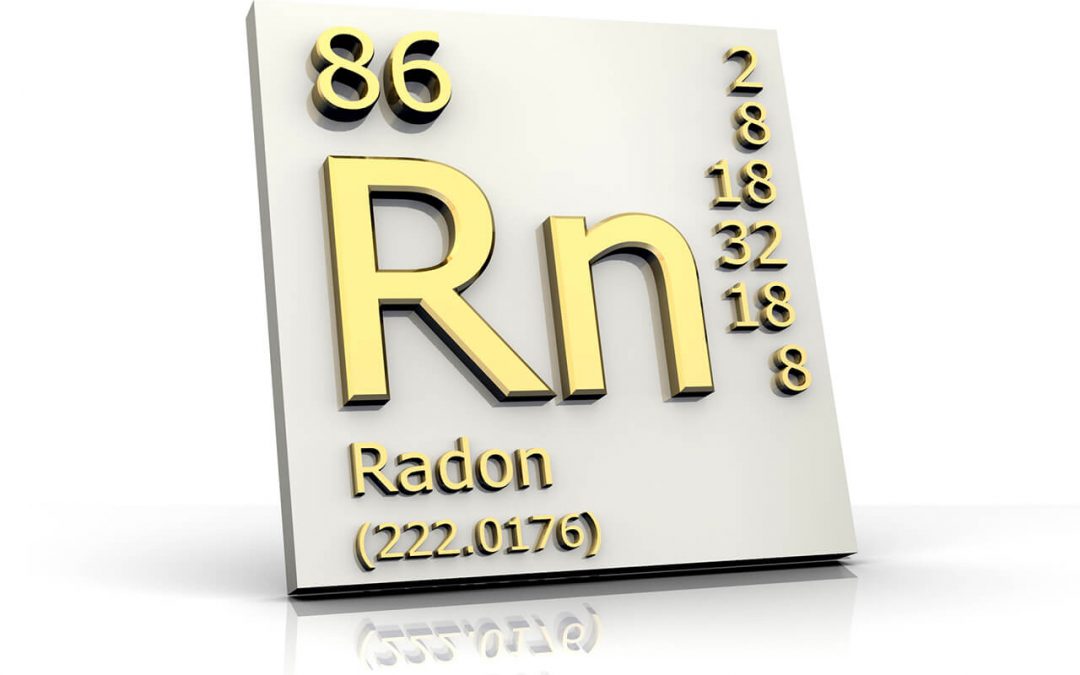Radon is the second leading cause of lung cancer in the United States, killing approximately 21,000 residents each year. Since radon has no odor or color, it cannot be detected without a test. Radon can reach dangerously high levels in any building. This article will give you the information you need to know about radon and lung cancer.
Radon and Lung Cancer Risks
Reducing or eliminating radon levels in properties is a challenge because radon exposure doesn’t cause any obvious symptoms. Many people do not realize they’ve been exposed to radon until they are diagnosed with lung cancer.
Radon releases radioactive particles that can cause cancer. Radon exposure is the leading cause of lung cancer deaths among non-smokers.
Assessing Radon
Homeowners and renters should know their radon testing options. Radon test kits and detectors are available for home use that are inexpensive and easy to use, but not as accurate as a professional test.
There are two kinds of radon test kits. Short-term kits test radon levels for up to one week. Place the test kit on the lowest floor of your home that you routinely use. Carefully follow the instructions, including the steps to take to safely mail it to a laboratory for testing.
If you’d prefer more data, opt for a long-term test conducted over three or more months. Again, be sure to adhere to the guidelines given by the test manufacturer. When the test is over, mail it to the testing facility in the provided, postage paid container.
Digital radon detectors are an increasingly popular option. These detectors allow you to monitor radon levels frequently. You can then chart this data and calculate longer-term averages. You can purchase any of these products in the fire and safety equipment section of hardware or mass merchandise stores.
Should you choose to use one of these DIY kits, it is recommended that you still hire a professional home inspector to conduct a radon test. User error is common with DIY tests and professionals will have superior equipment than the options you’ll find in stores. With something this serious, you want to be sure that your test results are accurate.
High Levels of Radon and Lung Cancer
Radon levels are in units of picocuries per liter or pCi/L of air. A level of 4.0 pCi/L is considered critical. According to the EPA, homeowners who detect radon at this level should take immediate action to reduce the radon level in their home. Homeowners whose homes score between 2.0 and 4.0 pCi/L should work to reduce their home’s radon level by as much as possible.
Address or Prevent Radon Issues
If testing reveals elevated levels of radon, the next step is to go through radon mitigation. A radon mitigation system involves sealing any cracks in your home and installing a vented fan to remove radon from under your home’s foundation. This work should only be performed by a skilled professional.
Ask your builder to install radon-resistant features in your new construction home. In addition to adding the mitigation system, home builders can also place plastic sheeting and gravel below the foundation. Those building a home should also test radon levels and perform further mitigation if needed. Read more about radon and lung cancer in the EPA’s National Radon Action Plan.
Inspect It Neil Home Inspections provides professional radon testing to New Jersey. Contact us to have your home tested for radon.

